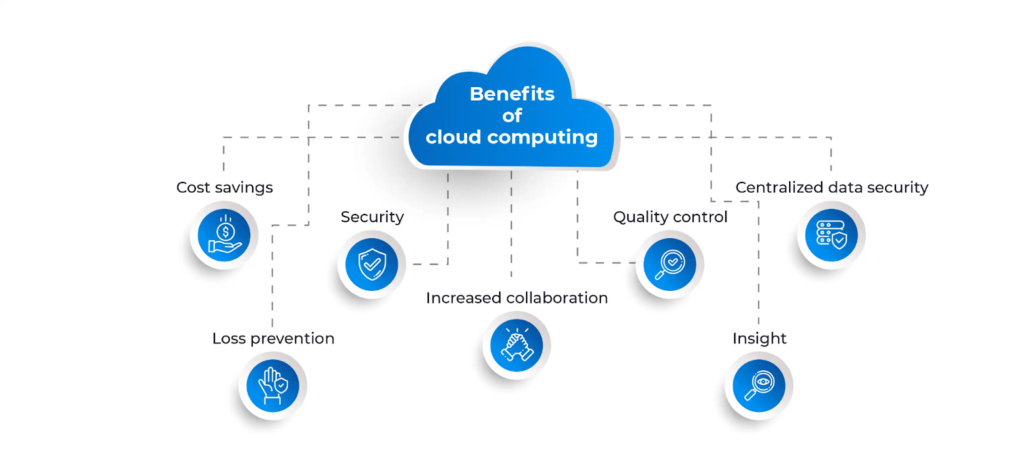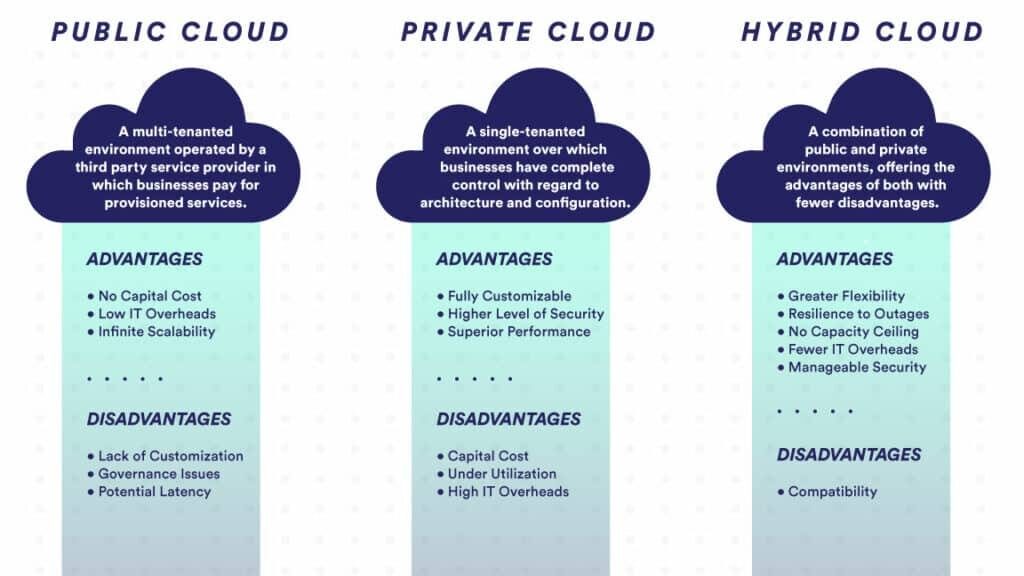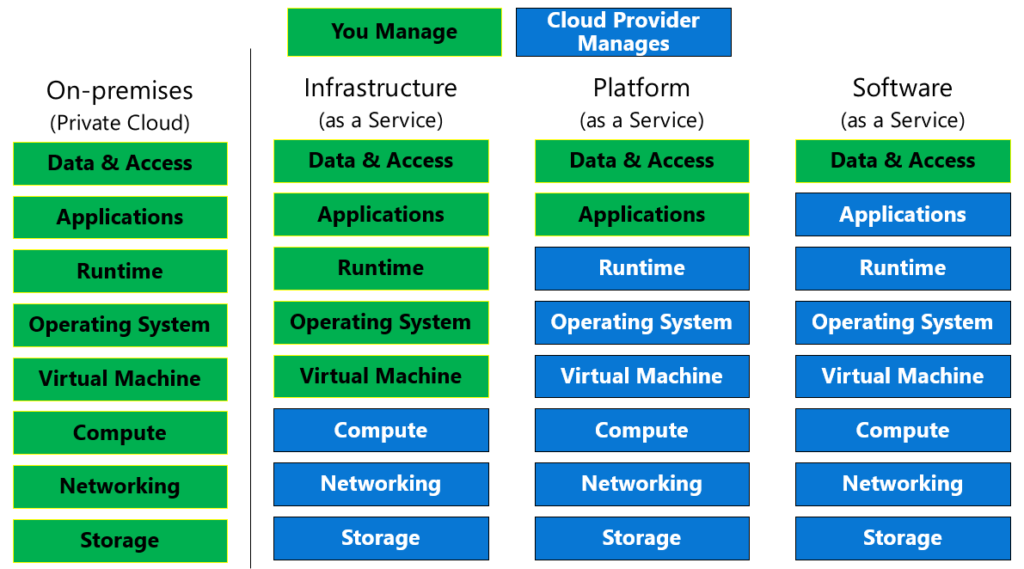The word “cloud” may evoke images of fluffy white shapes in the sky, right? But in the tech world, it represents the backbone of modern innovation. Cloud computing is an essential technology that powers everything from social media platforms to enterprise applications.
Cloud computing is the on-demand delivery of computing resources, such as servers, storage, networking, software, analytics, and intelligence, over the Internet.
Curious to learn more about Cloud Computing and how it works? Let’s start learning with WeCloudData!
What is Cloud Computing?
Cloud computing revolves around the concept of on-demand access to resources. It resources ranging from data storage, development tools, and networking capabilities are hosted at remote data centers and are managed by a cloud service provider. Cloud computing provides a scalable and adaptable method of using technology, unlike traditional computing, which depends on physical servers or personal computers.
The biggest advantages of cloud computing include:
- Pay-as-You-Go Model: Customers only pay for what they use.
- On-Demand Access: Users can access resources as needed.
- Cost-Effective: No need to manage complex IT infrastructure.
- Flexibility & Accessibility: Work from anywhere with an internet connection.
- Scalability: Allowing organizations to scale up and down in response to spikes in data traffic instead of purchasing excess capacity.
- Agility: Cloud is time efficient and allows the freedom to test and experiment with new ideas to improve customer experience and transfer business ideas.
- Deploy Globally: Companies can deploy globally and grow to new geographic areas with the cloud.
- Security & Reliability: Advanced security protections and backup solutions are provided by top cloud computing service providers, such as IBM Cloud, AWS, Google Cloud, and Microsoft Azure.

Types of Cloud Computing
Based on deployment and services, cloud computing can be categorized into different models
Deployment Models
Cloud computing comes in three major deployment models:
- Public Cloud: Public clouds are owned and run by third-party cloud service providers, who distribute their computing resources, such as servers and storage, over the Internet. Examples include AWS Elastic Compute Cloud and Google Cloud.
- Private Cloud: Private cloud is a dedicated cloud infrastructure used by a single organization, where infrastructure and services are kept on a private network, offering greater security and control. A private cloud can be physically located in the company’s on-site data centre.
- Hybrid Cloud: A combination of both public and private clouds allows organizations to have better flexibility and additional deployment options. For example a company might use public cloud for development and testing while keeping sensitive data on private servers.

Service Models
Cloud computing services fall into three major categories:
- Infrastructure as a Service (IaaS): IaaS allows users to get IT infrastructure from a cloud provider, including servers, virtual machines (VMs), storage, and network.
- Platform as a Service (PaaS): Offers a framework for developers to build and deploy applications. PaaS aims to free developers from having to set up or manage the servers, storage, networks, and databases required for software development. Examples include Google App Engine.
- Software as a Service (SaaS): SaaS provides cloud based software applications over the internet (Gmail, Microsoft 365).

Cloud Security: How Safe is the Cloud?
For both customers and enterprises utilizing cloud services, security is a top priority. Protecting data, apps, and services from online attacks is part of cloud computing security. Best cloud security practices include the following:
- Data encryption to secure sensitive information.
- Multi-factor authentication to prevent unauthorized access.
- Regular security audits to identify and fix vulnerabilities.
From individuals storing photos on Google Drive to companies running AI models on the cloud, cloud computing has transformed how we access and use technology. Whether you’re a business owner, IT professional, or student, learning cloud computing can open new career opportunities. Investing in cloud computing courses or certifications can help you stay ahead in this evolving digital landscape.
Learn Cloud Computing With WeCloudData!
With this introduction to cloud computing for beginners, it is the foundation of modern infrastructure, but mastering it requires more than just theory. WeCloudData Cloud Engineer Track delivers a comprehensive, hands-on approach to cloud engineering, equipping you with the skills to design, deploy, and manage secure, scalable, multi-cloud environments. This course helps you introduction to cloud computing for beginners easy and gives you project to create your own portfolio. The courses included in the cloud computing learning track include;
- Python Fundamentals
- Introduction to Linux
- Introduction to Docker
- AWS Fundamentals
- Azure Fundamentals
- GCP Fundamentals
Why This Program?
- End-to-End Cloud Mastery: From core principles to advanced architectures across AWS, Azure, and GCP.
- Enterprise-Grade Skills: Learn industry best practices for DevOps, resilience, and cost-optimized solutions.
- Real-World Readiness: Apply knowledge through hands-on projects and case studies mirroring modern IT challenges.
Who Should Enroll?
- Aspiring Cloud Engineers and Architects
- DevOps & SRE Professionals expanding their cloud expertise
- Tech professionals transitioning to multi-cloud environments
Visit WeCloudData to start your journey into Cloud Computing!

